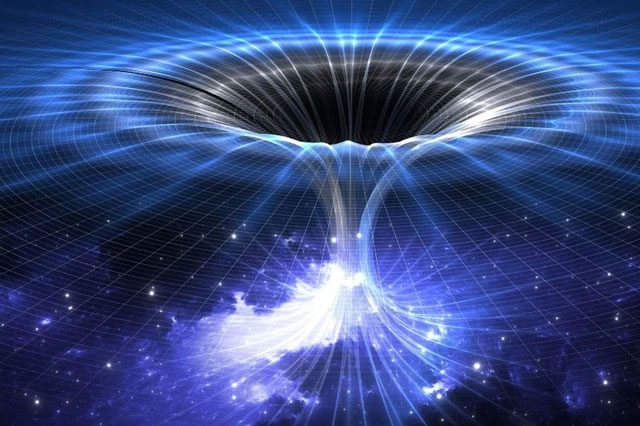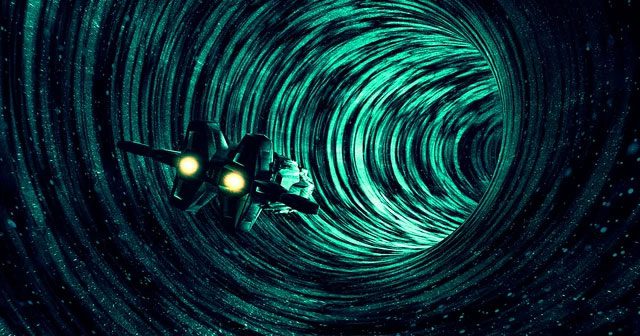A wormhole is an intriguing concept in contemporary physics that has garnered significant interest from the scientific community today.
Essentially, if wormholes do indeed exist, they can be viewed as super-fast space tunnels that allow us to “jump” from one point in the universe to another, or from one galaxy to another in the blink of an eye. Just think of blockbuster sci-fi hits like Interstellar or Event Horizon, and you’ll grasp just how wondrous wormholes could be.
Historically, scientists have proposed numerous hypotheses related to this concept, and most agree that: wormholes would collapse immediately after formation due to a lack of stability. However, recently, computer scientist Pascal Koiran from the École Normale Supérieure de Lyon in France has proposed the hypothesis that wormholes can maintain a stable state long enough for an object to pass through them. Koiran’s research is set to be published in The Journal of Modern Physics D in the near future.

Wormholes are super-fast tunnels that enable us to travel to other universes in an instant.
First, we need to understand a bit of basic information about how general relativity works. General relativity is like a machine. If we “input” certain objects into it, it helps us visualize how those objects behave over time under the influence of gravity.
Everything in general relativity is based on motion in space and time. Simply put, objects start at certain physical coordinates, move back and forth, and eventually finish their journey at different coordinates.
The rules of general relativity are invariant, but they allow scientists the freedom to describe those coordinates mathematically in many different ways. Physicists refer to these descriptions as metrics (coordinate systems, measurements).
Imagine coordinate systems as different paths from your home to your workplace. You can travel via various routes, using different means, following different directions (like traffic signs and signals). But the end result is that you will still arrive at your office. Similarly, physicists can use different coordinate systems to describe the same phenomenon or situation. Sometimes, one coordinate system may be more useful or convenient than another.

The principles in general relativity are fixed, but scientists can freely describe the coordinates within it in various ways.
Koiran utilized the Eddington-Finkelstein coordinate system to describe the motion of objects around a wormhole. This coordinate system has several distinguishing features compared to the more commonly used Schwarzschild coordinate system in current physics. Essentially, the Schwarzschild coordinate system only considers objects when they reach the event horizon—the point beyond which no object can escape the gravitational pull of a black hole.
By using the Eddington-Finkelstein coordinate system, mathematically, Koiran was able to simulate the most reasonable trajectory and path of an object when entering a black hole, traversing a wormhole without breaking through the event horizon. In other words, he could track the path of a particle and discover that it could cross the event horizon, enter the wormhole, and exit on the other side within a limited timeframe.
Of course, this does not guarantee that jumping into any black hole will allow you to safely fly through the universe and reach your desired destination. No one can be certain what awaits us at the exit of a wormhole. However, the main issue here is that Koiran’s hypothesis suggests that it is quite possible that wormholes will not collapse immediately after they are created, contrary to many previous scientific theories.





















































